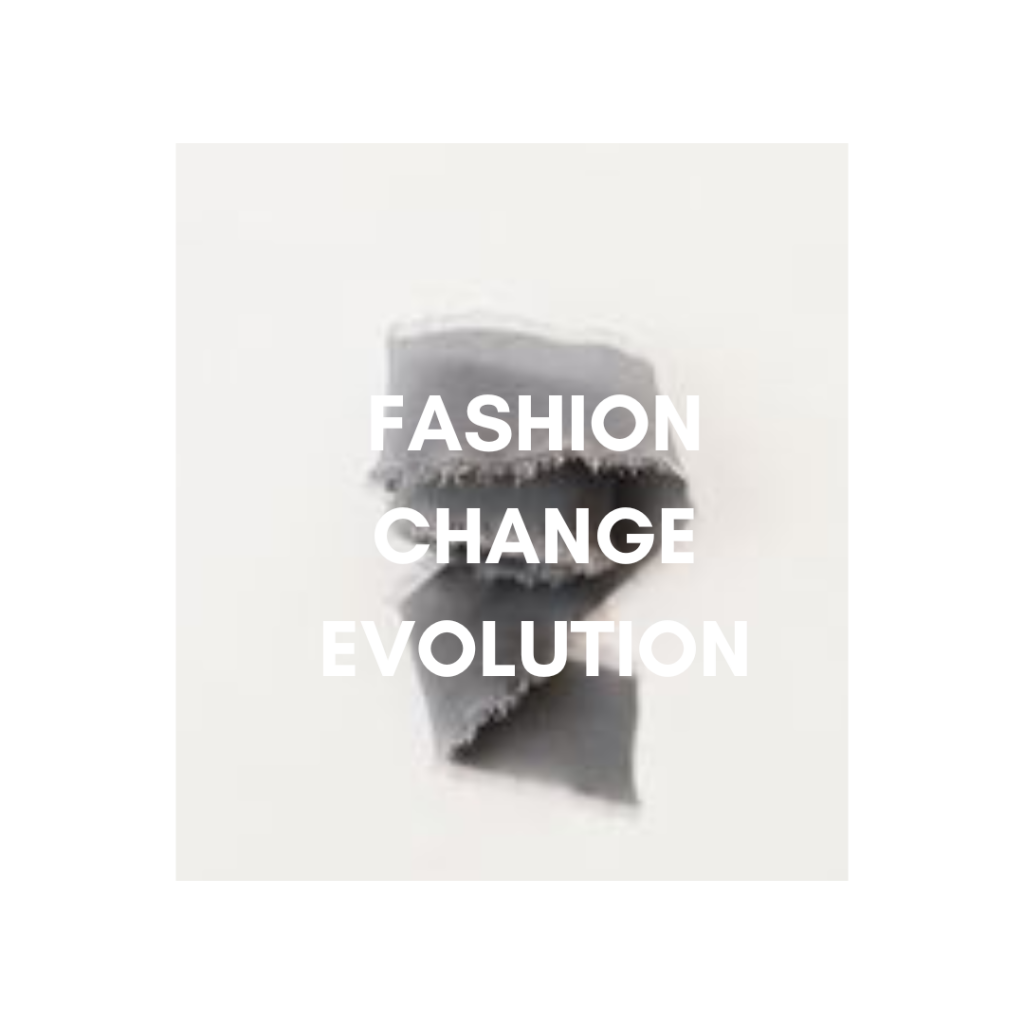Dear sustainable brands: are you consistent?
Sustainable brands VS consistency
Dear sustainable brands, let’s make a point on consistency.
Consistency is fundamental for building trust, so it should be for sustainable brands. Also because they cover themselves with an ethical patina that makes them appear better than the others. But, on the contrary, it seems that these new ethical brands have a problem with it.
Their purpose is to make a change. But if so, it’s not clear why they still follow outdated systems. Or they try to reach success by partnering with channels that have nothing to do with sustainability.
The point on consistency
Sustainable brands must be consistent with their message.
Do you agree? So, the question is: do they want to make a change for real?
If that is their goal, why do they sell their low-impact ethically-made garments through retailers that collect almost every designer on planet earth?
Isn’t it a matter of consistency?
These retailers sell huge quantities of clothing and accessories. Therefore, their business isn’t sustainable. Even if they proudly show a sustainable section, as most of them do. Which makes you understand the power of marketing and the trick behind sustainability.
If consistency was a fundamental value for them, they would find other ways to sell their products. But they all dream of being sold by the same old big groups. And so, they want to change, but not really.
Sustainability is a promise no one can keep, but still, everyone wants to sell. Ethical marketing, if not supported by proper choices and actions, is just smoke in the eyes. In other words, it is greenwashing.
Dear sustainable brands, you cannot change the world by playing the old game. Forget the status quo if you want to change for real. If you are seriously committed, you need to craft a new strategy. You’ll change the world with new patterns, new rules, and a new language.
So, if you want to be trusted, change the system, not only your marketing!
Dear sustainable brands: are you consistent? Read More »

